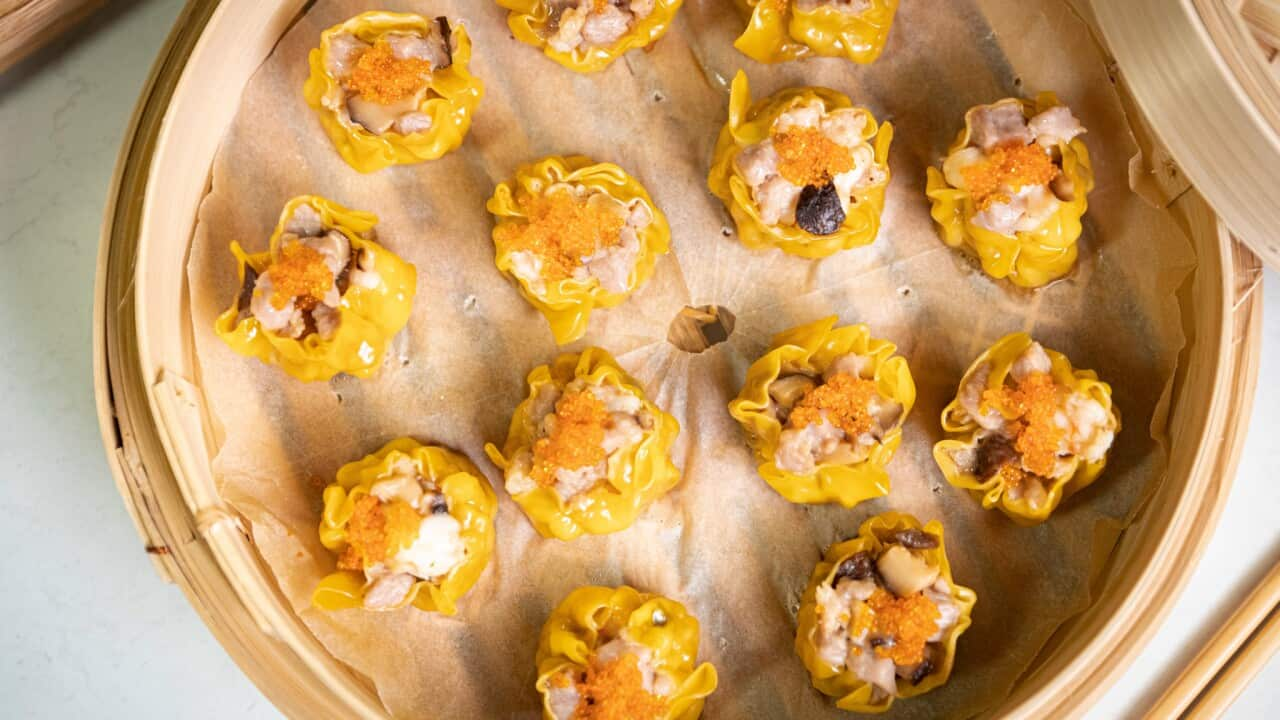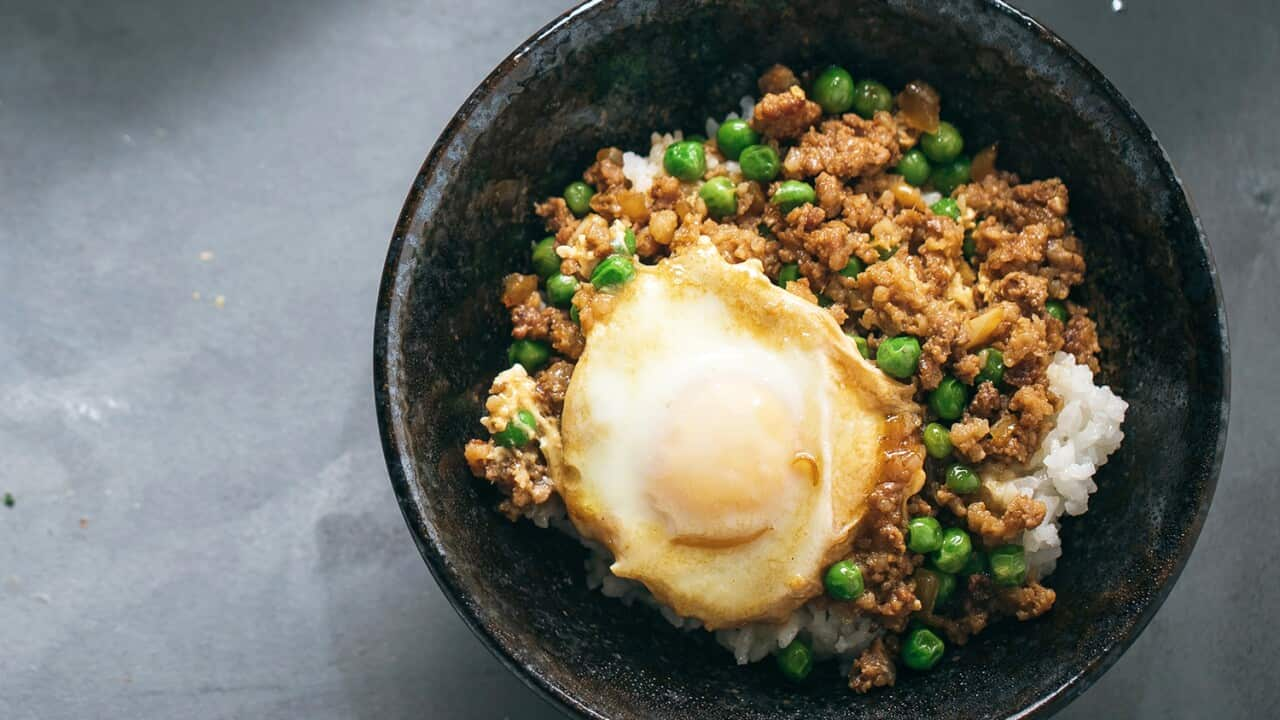Bright, flickering lights. Rattling, ceiling fans. Booths crammed with the after-school rush. Two girls slurp loudly on iced milk teas. A third ingests her pineapple bun. This is just another afternoon in a 1950s bing sutt.
Famed for their inexpensive cold drinks and snacks, these bustling eateries are the perfect antidote to Hong Kong's stifling summers. The bing sutt (meaning ice room in Cantonese) originated from Guangzhou but proliferated in Hong Kong during the 1950 and '60s. Not many people had refrigerators back then so they'd have a cooling drink and a bing sutt after a long day at work instead.
[The] dishes remind Hong Kongers of their time back home.
Hong Kong migrant and third-generation restauranteur, Kevin Cheung, remembers this time well and with his wife, Jessica Chan, have sought to recreate bing sutts with in Sydney's inner west.
"Bing sutt'' history is a testimony to Hong Kong's multiculturality," Cheung says. "The integration of traditional Hong Kong foods with western influences attests to the long and vibrant history of the city."
During the 1950s and 60s, bing sutts served Hong Kong versions of western snacks, such as baked pineapple buns.
WHAT ARE CHA CHAAN TENGS?

Making sense of Hong Kong's cha chaan tengs
Cheung says, "bing sutts are the predecessors to the more popularised name 'cha chaan teng' of today." Cha chaan tengs are Western-style cafes, serving a mix of Western and Hong Kong food.
When cha chaan tengs grew in popularity, bing sutts expanded their offerings, Cheung says. "To cater to the tastes of the Hong Kong folks, the bing sutts began…adding a variety of foods such as porridge, noodles and rice." These comfort foods are all on the menu at Hong Kong Bing Sutt Cafe, which has a branch in Eastwood and another in Burwood. From the signature baked pork chop with fried rice to the fish ball noodle soup, the "dishes remind Hong Kongers of their time back home, often being household staples and restaurant favourites throughout their upbringing."
These comfort foods are all on the menu at Hong Kong Bing Sutt Cafe, which has a branch in Eastwood and another in Burwood. From the signature baked pork chop with fried rice to the fish ball noodle soup, the "dishes remind Hong Kongers of their time back home, often being household staples and restaurant favourites throughout their upbringing."

Baked pork chop with fried rice brings the crowds. Source: @taropearlicious/Instagram
Sentimental indulgence is not only found in the food but in the traditional decor.
"[We] appropriated the earliest forms of bing sutts in our interior," Cheung explains. "The high ceilings, low hanging fans and green mosaic tiles are all signature elements in traditional bing sutts and subsequently, our own restaurant."
The bright green door welcoming customers into the cafe is another signature feature and reflects the city's military history.
"During the Second World War, green was used a lot in the military," Cheung explains. "When the war ended, there was so much leftover paint, that it was an easy and cheap choice for many vendors in Hong Kong. Thus, it became a representative colour of the decade."
The Hong Kong Bing Sutt Cafes in Sydney are often packed, but the narrow booths and sardine-style seating provide a true bing sutt experience. It's what keeps both locals and Hong Kong migrants coming back for more.
Cheung and his wife are proud to bring the earliest and most vibrant days of Hong Kong to the streets of Australia and hope to continue sharing the spirit of their hometown for years to come.
Burwood branch: Shop 8/11-15 Deane St
Eastwood branch: Shop 2, 172 Rowe Street







